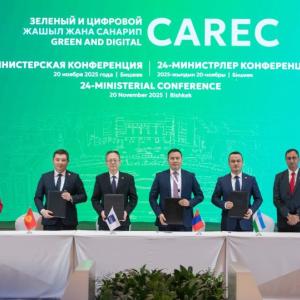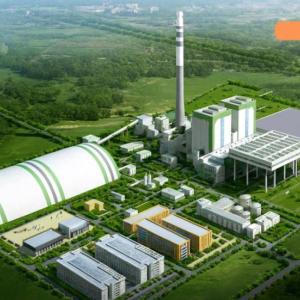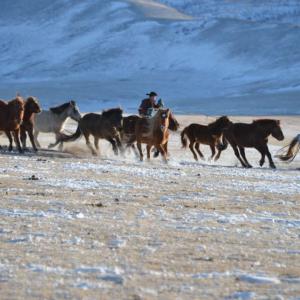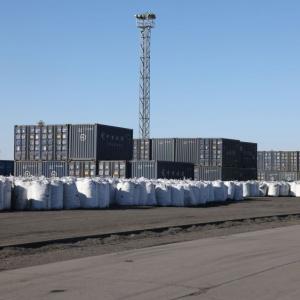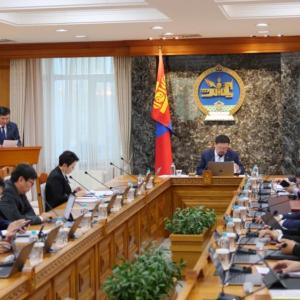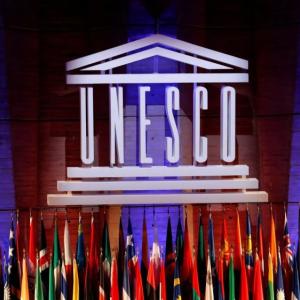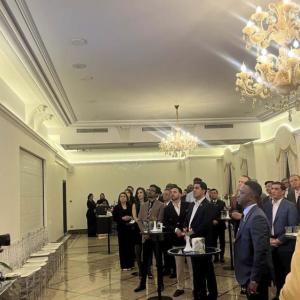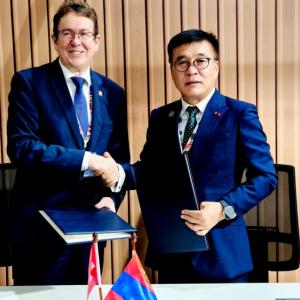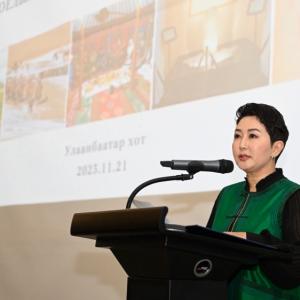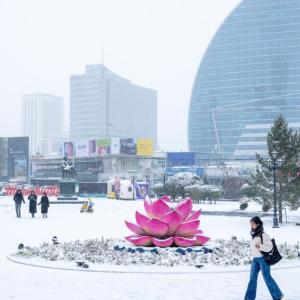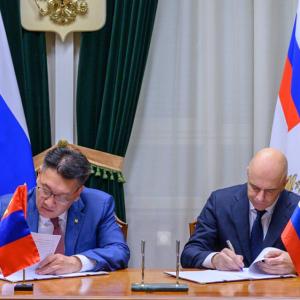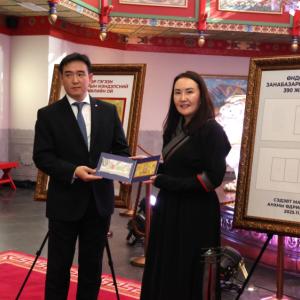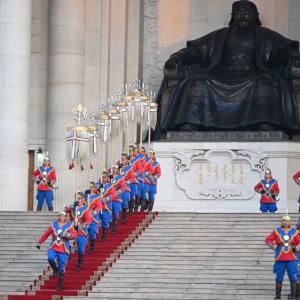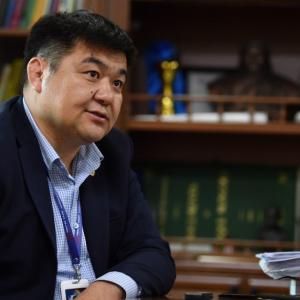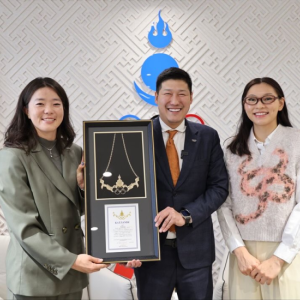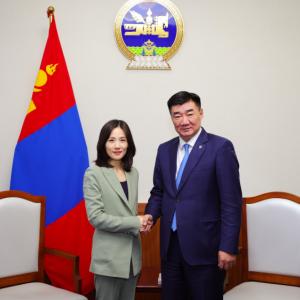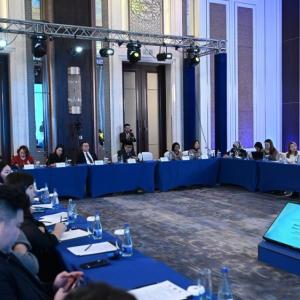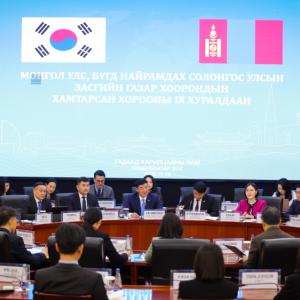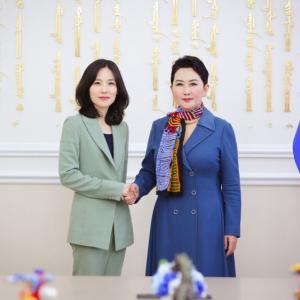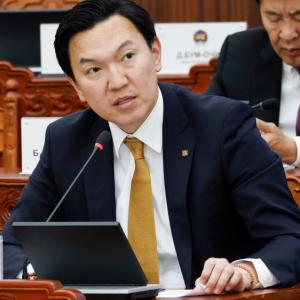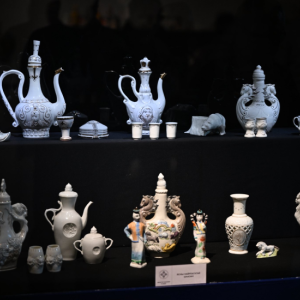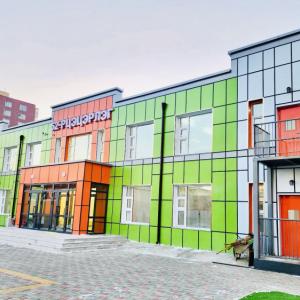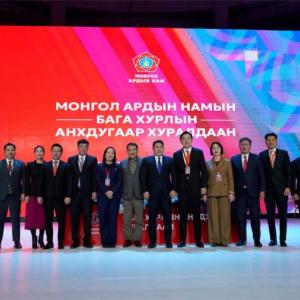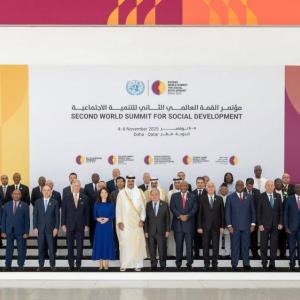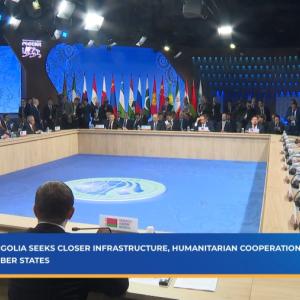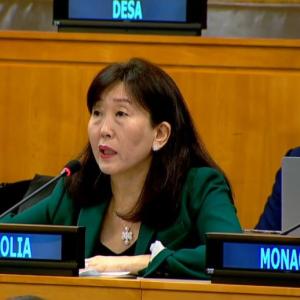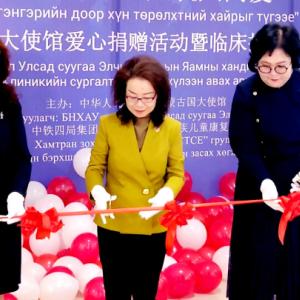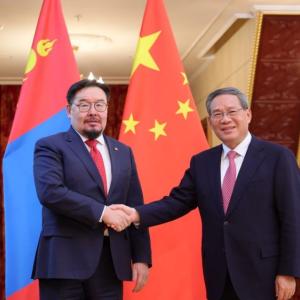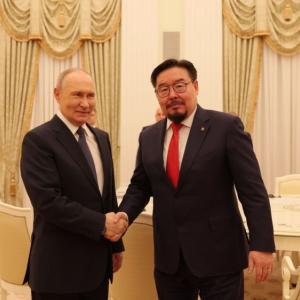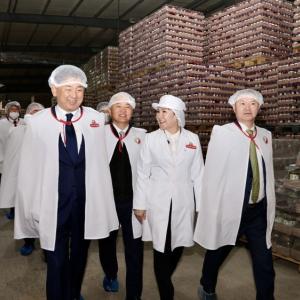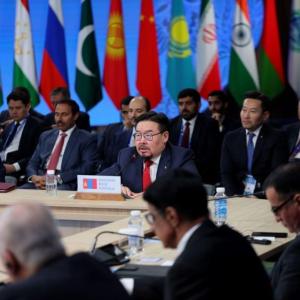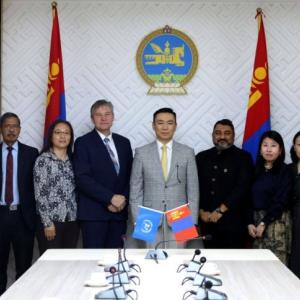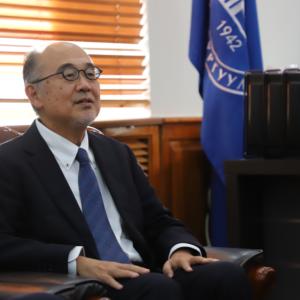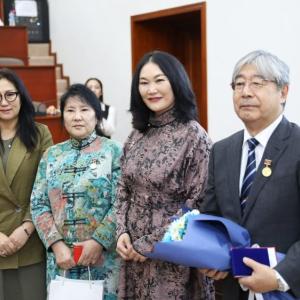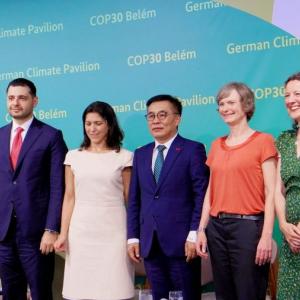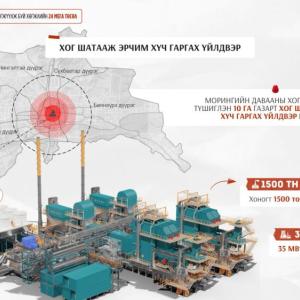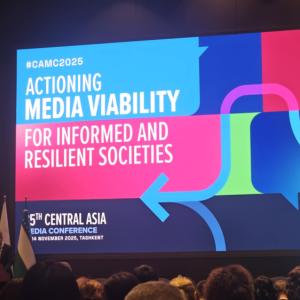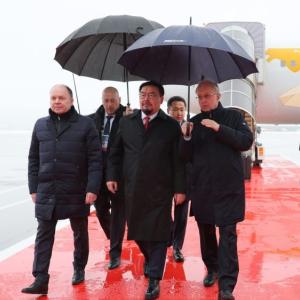ADB: Sustained Reforms Crucial for Mongolia's Long-Term Growth
Economy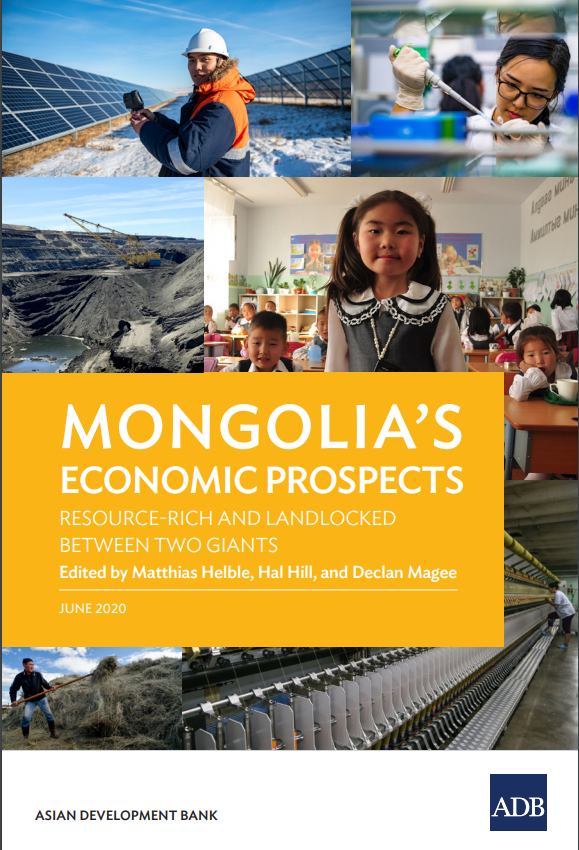
Ulaanbaatar /MONTSAME/. Mongolia can build a more inclusive and sustainable economy by improving macroeconomic management, strengthening human development, increasing international trade, and diversifying the economy by building on the country’s existing knowledge and expertise, including in the mining sector, says a new Asian Development Bank (ADB) Country Diagnostic Study.
The study, Mongolia’s Economic Prospects: Resource-Rich and Landlocked Between Two Giants, presents an in-depth analysis of Mongolia’s economic opportunities and challenges, including the country’s wealth in natural resources as well as its unique geographical location, bordered by two of the world’s largest economies, the People’s Republic of China (PRC) and the Russian Federation.
“Mongolia has seen major economic progress in the last 30 years and it has realistic aspirations to continue this development,” said ADB Country Director for Mongolia Pavit Ramachandran. “While challenges such as the coronavirus disease (COVID-19) pandemic presents near-term obstacles, Mongolia has the right tools and opportunities to achieve long-term economic growth. This study provides a menu of policy options for the country to consider as it continues its remarkable economic journey.”
With the COVID-19 pandemic, the country’s gross domestic product (GDP) decelerated by 10.7% in the first quarter of 2020 as weaker global economic conditions combined with internal restrictions on economic activity dragged down growth. In a supplement of its Asian Development Outlook 2020, ADB is projecting a 1.9% contraction of Mongolia’s economy this year, before recovering to 4.7% growth in 2021.
Despite an almost threefold increase in Mongolia’s GDP per capita since 2000, the country’s economic growth has suffered from a series of boom and bust cycles over the last few years. The study notes that macroeconomic policy should aim to limit the volatility induced by fluctuating commodity prices, while focusing on a steady fiscal regime to entice foreign investors and creating a permanent savings mechanism.
International trade and long-term regional cooperation and integration should also be a priority for Mongolia given its unique geographic location. This will aid in the government’s goal of economic diversification, with international trade and tourism bringing in more resources, revenue, and technology to the country.
Last, the study notes that a focus on infrastructure with strong private sector participation—particularly in transport, communications, and energy—is key to Mongolia’s long-term economic growth. With the COVID-19 pandemic and the country’s transition to a more services-based economy, policies focusing on strengthening the health care system and ensuring the development of strong human capital through quality education and skills development will also be key.
Asian Development Bank
 Ulaanbaatar
Ulaanbaatar






